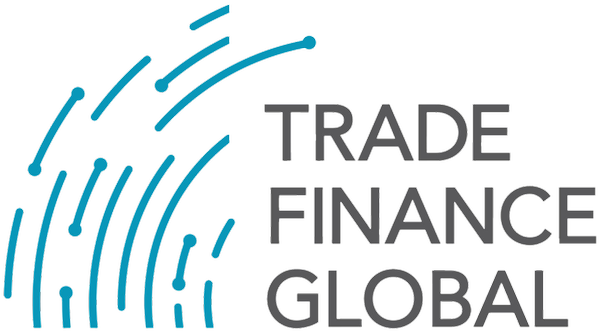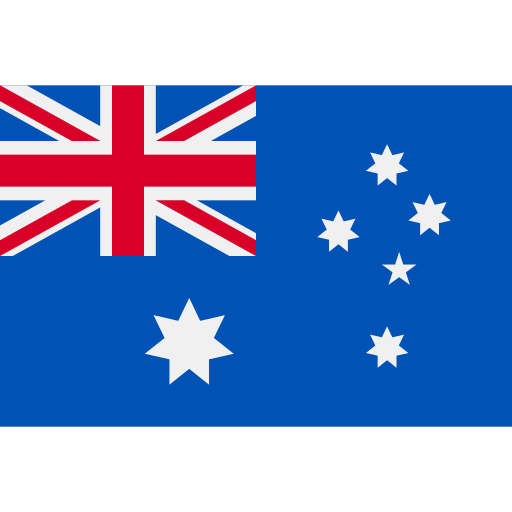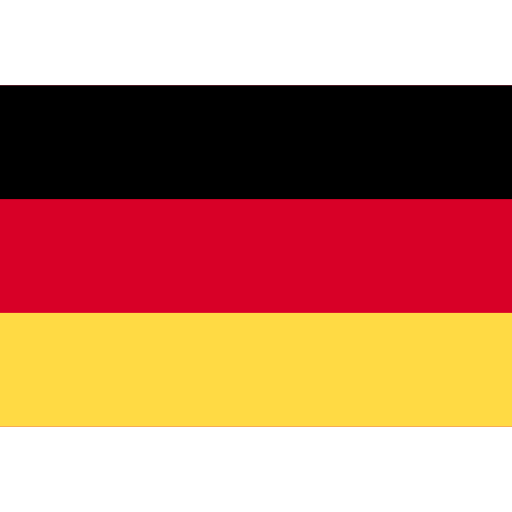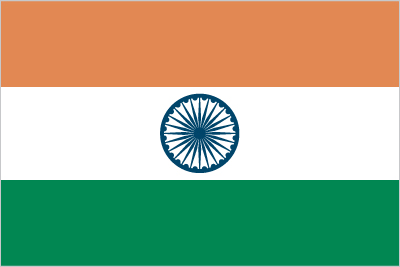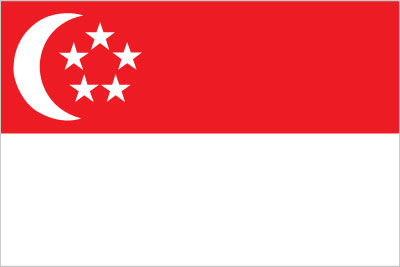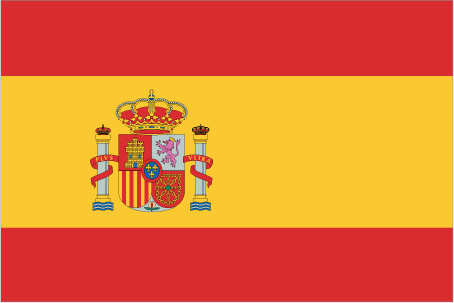Understanding CBPR+: ISO 20022 for cross-border payments

Access trade, receivables and supply chain finance
We assist companies to access trade and receivables finance through our relationships with 270+ banks, funds and alternative finance houses.
Get started
Content
New payments technologies
In today’s fast-paced digital era, the payments landscape is transforming rapidly.rnrnu0026nbsp;rnrnTechnological advancements and innovative solutions are revolutionising how we transact, paving the way for enhanced convenience, security, and efficiency.rnrnu0026nbsp;rnrnTo better understand how this can impact businesses and industries worldwide, it is important to explore the key developments and trends driving this modernisation, the existing digital barriers, and the importance of data protection in digital payments.
What is CBPR+?
CBPR+ represents a concerted effort by a specialised workgroup of payment experts to establish global ISO 20022 market practices and implementation guidelines. At its core, the initiative aims to ensure the consistent rollout and application of ISO 20022 by banks worldwide.
By standardising the use of ISO 20022 messages for cross-border payments and cash reporting on the Swift network, CBPR+ aims to facilitate smoother and more efficient international transactions. The guidelines developed by CBPR+ are intended to be accessible and actionable, with usage guidelines publicly available on MyStandards.
This includes comprehensive downloadable resources such as XML Schema, PDF, and Excel specifications. Additionally, the CBPR+ translation portal provides access to the MT CBPR+ translation rules and logic crucial for transitioning from legacy systems to the new standard.
CBPR+ and migration path
CBPR+ is Swift’s strategic program for adopting cross-border payment messages. Its phased implementation will span from March 2023 to November 2025.
During this transition period, institutions may continue to use the current MT messages. This coexistence phase is designed to allow financial institutions to gradually adapt to the new ISO 20022 standards, minimising disruption while maximising the opportunity for a seamless transition.
The strategic, structured, yet flexible framework provided by CBPR+ accommodates the varying readiness levels of global financial institutions, ensuring that all participants in the international payment system can progress towards the new standards at a manageable pace.
Impact on international transactions
The integration of CBPR+ within the ISO 20022 framework will significantly impact international transactions.
Key benefits include:
- Enhanced efficiency: The standardisation of message formats and protocols under CBPR+ is expected to streamline the processing of cross-border payments, reducing the time and cost associated with these transactions.
- Improved transparency: ISO 20022 messages enable the inclusion of richer data content, offering greater clarity on transaction details and facilitating enhanced tracking and reporting capabilities.
- Increased interoperability: Adopting a global standard for payment messages will improve interoperability among banks, reducing the likelihood of errors and mismatches due to disparate systems.
- Facilitated regulatory compliance: The detailed and structured nature of ISO 20022 messages simplifies adherence to regulatory requirements, aiding in preventing fraud and money laundering.
Collaborative efforts across the financial ecosystem
The migration to ISO 20022 through CBPR+ symbolises unprecedented collaboration within the global financial ecosystem.
This collaborative effort involves various stakeholders:
- Financial institutions: Banks of all sizes, from global giants to regional players, actively engage in dialogue and share best practices to ensure a smooth transition.
- Payment service providers and corporates: Their involvement is crucial, as they are at the forefront of experiencing practical changes in payment processing and reporting.
- Software vendors and system integrators: These entities play an instrumental role in developing and upgrading financial systems to be ISO 20022 compliant, offering technical solutions and support.
- Regulatory authorities and industry bodies: These groups provide the governance framework for the migration, ensuring adherence to regional and global regulatory standards.
This collective effort aims to achieve a seamless migration by addressing technical challenges, sharing compliance insights, and innovating adoption strategies.
Navigating compliance and security considerations
Compliance and security are central to the CBPR+ initiative, with ISO 20022 introducing enhanced data protection and fraud prevention mechanisms.
Important considerations include:
- Data protection: The rich data format of ISO 20022 facilitates the exchange of more detailed transaction information, necessitating robust data protection measures to safeguard sensitive information.
- Fraud prevention: ISO 20022’s enhanced data quality and structure improve the effectiveness of anti-money laundering (AML) and counter-terrorist financing (CTF) controls, enabling more accurate and automated monitoring and screening processes.
- Regulatory compliance: Financial institutions are required to navigate a complex landscape of local and international regulations. The structured data format offered by ISO 20022 simplifies regulatory reporting and compliance, facilitating efficient adherence to regulatory demands.
Envisioning the future landscape post-CBPR+ migration
The adoption of ISO 20022 through CBPR+ is expected to drive significant innovations in the financial sector, bringing:
- Enhanced financial products and services: The granularity of transaction data available under ISO 20022 empowers financial institutions to offer more tailored financial products and services.
- Improved customer experience: Better data availability provides customers with more accurate and timely information, enhancing transparency and trust in international transactions.
- Operational efficiency: The increase in straight-through processing (STP) rates and the reduction in manual interventions translate into considerable cost savings and increased operational efficiency for financial institutions.
Role in promoting financial inclusion
The standardised and inclusive nature of ISO 20022 holds the potential to significantly promote financial inclusion by:
- Lowering entry barriers: Standardised messaging reduces the complexity and cost of accessing international payment systems, enabling smaller banks and financial institutions in developing countries to participate more fully in the global financial system.
- Facilitating remittances: Improved efficiency and reduced costs associated with cross-border payments can directly impact the remittance market, a vital income source for millions in developing countries.
The introduction of CBPR+ within the ISO 20022 framework marks a new era in cross-border payments, characterised by increased efficiency, transparency, and global integration.
As financial institutions worldwide embark on this migration journey, the anticipation of a more streamlined, secure, and interoperable payment landscape becomes increasingly tangible.
CBPR+ provides a strategic adoption program and comprehensive resources, ensuring that the transition to ISO 20022 paves the way for a future where international transactions are more accessible and less cumbersome for all parties involved.

What are the digital barriers to payments?
As we transition towards a digital payments landscape, several challenges must be addressed.
One significant barrier is the digital divide, where individuals and businesses with limited access to technology or digital literacy face difficulties adopting digital payment solutions. Since payments must inherently involve multiple parties, the transaction can only be as digitally-driven as the least digital of the parties involved.
When it comes to international transactions with a counterparty in remote regions, access to technology infrastructure, including something as simple as a stable internet connection or mobile networks, can become a challenge.
In regions such as this, cash will have long been the dominant payment method, which is likely to cause some individuals to be innately mistrustful of digital payment methods they do not understand.
Building trust in digital payment methods – and the technical skills to use them effectively – requires education campaigns to increase awareness of their benefits and security features.
Security concerns, including data breaches and fraud, are also a significant challenge that may hinder widespread adoption. Digital payment methods can be vulnerable to security breaches and fraudulent activity, leading to concerns about the privacy of personal and financial information.
These security concerns often lead to enhanced regulatory and compliance measures, the complexities of which can impede the rapid growth and adoption of innovative digital payment solutions.
Digital barriers to payments can be complex and varied, requiring a multi-pronged approach to overcome. Addressing them will require collaborative efforts among businesses, governments, and financial institutions to foster inclusivity, strengthen security measures, and establish standardised frameworks for interoperability and compliance.
Data protection in digital payments
With the increasing volume of digital transactions, data protection has become a paramount concern, and both consumers and businesses must have confidence that their sensitive information is safe throughout the payment process.
Digital payments often include personal and financial data, such as credit card numbers, bank account information, and personal identification details. If personal and financial data is compromised, it can erode consumer trust and confidence in the payment system and reduce usage and adoption.
For the businesses involved, data breaches and other security incidents can lead to significant reputational damage, leading to loss of customers and revenue.
Thankfully, the digital security industry is well-developed and continually evolving, and there are several approaches that firms can easily implement to help ensure their data is kept safe.
The most fundamental is simple encryption. Encryption protects data during transmission between payment systems, including payment gateways and processing networks, helping to prevent unauthorised access and ensuring that data is only accessible to authorised parties.
Tokenisation, a process that replaces sensitive payment information, such as credit card numbers, with unique tokens that have no inherent value, is also used to help prevent sensitive data from being exposed in the event of a security breach
Some other user-centric methods include two-factor authentication and education.
Two-factor authentication is a security measure that requires users to provide two forms of identification (such as a password and a one-time code sent to their verified mobile phone) before accessing payment systems while simply educating users on best practices for data protection, such as avoiding phishing scams and using strong passwords, can help to prevent breaches.
Many countries also have data protection regulations, such as the General Data Protection Regulation (GDPR) in the EU and the Payment Card Industry Data Security Standard (PCI DSS), which require companies to protect personal and financial data.
Compliance with these regulations helps to ensure that personal and financial data is handled securely and responsibly, while non-compliance can lead to hefty fines and legal penalties.
Publishing Partners
- Payments Resources
- All Payments Topics
- Podcasts
- Videos
- Conferences
